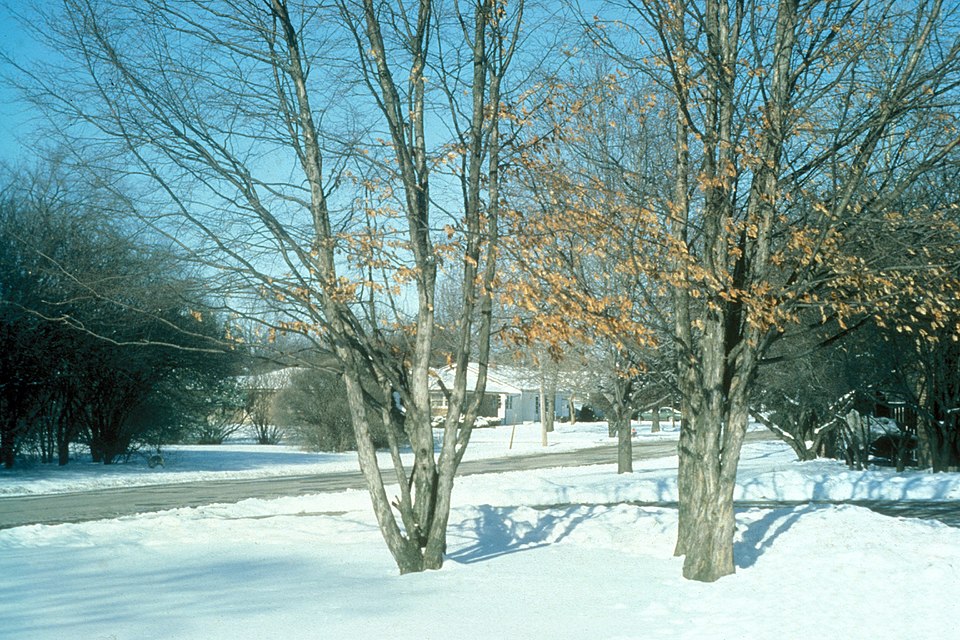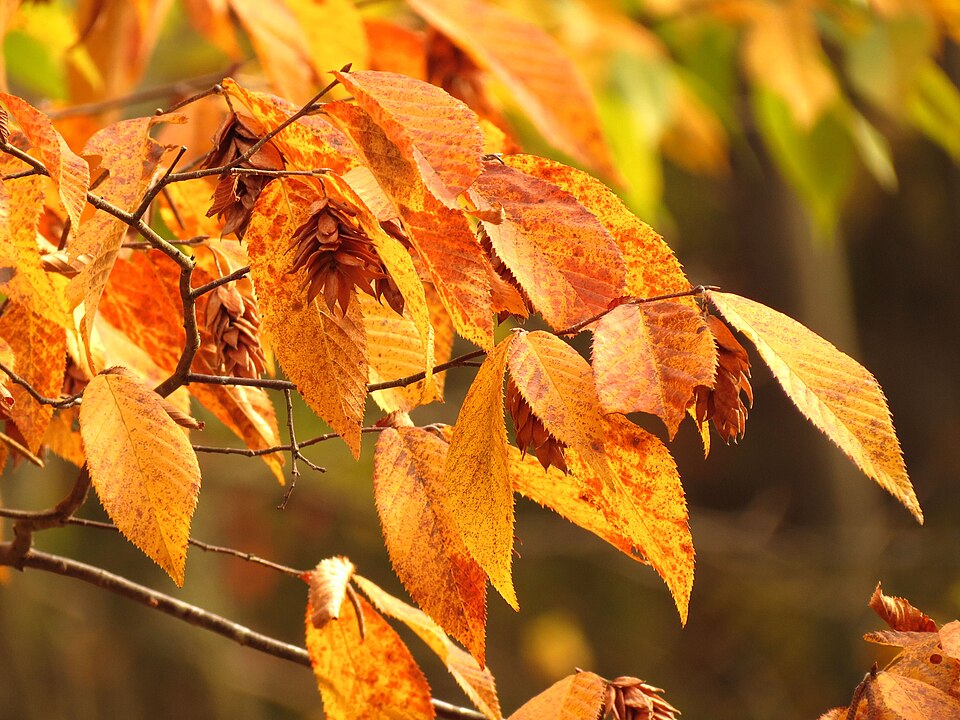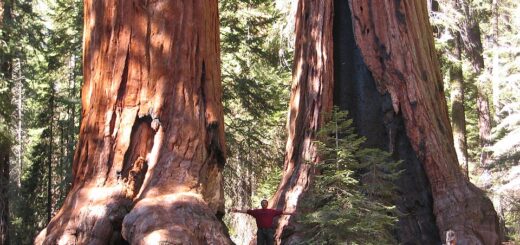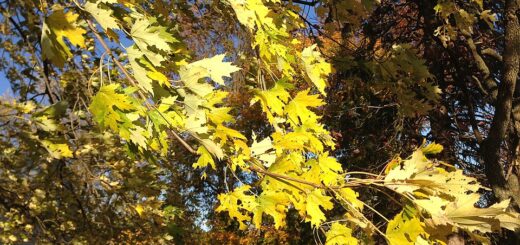American Hophornbeam Tree – The Quiet Hero of the Forest

If you’ve ever wandered through a quiet North American woodland and noticed a small, unassuming tree with shaggy bark and hop-like seed clusters, you might’ve met the American Hophornbeam, also known as Ostrya virginiana. It’s not the flashiest tree in the forest, but it’s got charm, resilience, and a deep-rooted history that makes it well worth knowing.
What Is the American Hophornbeam?
The American Hophornbeam is a deciduous tree native to eastern North America. It’s a member of the birch family (Betulaceae) and often goes by a few other names: ironwood, leverwood, hardhack or hop hornbeam. The name “hop” comes from the tree’s fruit, which resembles the hops used in brewing beer, though it’s not actually related to true hops.
This slow-growing tree typically reaches about 20 to 40 feet tall and prefers well-drained soils in dappled shade. It’s commonly found in the understory of hardwood forests, quietly contributing to the ecosystem without demanding the spotlight.

Two trees in winter with some dried leaves still hanging on their branches, USA – Creative Commons | Author: Richard Webb – Source: https://commons.wikimedia.org/wiki/File:Ostrya_virginiana_winter.jpg
What Makes It Special?
1. Hard as Iron (Literally):
The American Hophornbeam earns its “ironwood” nickname from its extremely dense and hard wood. This wood is so tough it was historically used for tool handles, mallets, and even parts of early agricultural machinery. It burns hot and long in woodstoves, making it prized firewood.

Ostrya virginiana (Hop-hornbeam) from Boyle Park, Little Rock, Pulaski County, Arkansas, eastern North America – Creative Commons | Author: Eric Hunt – Source: https://commons.wikimedia.org/wiki/File:Ostrya_virginiana_2.jpg
2. Wildlife Approved:
Despite its tough wood, the hophornbeam is a softie when it comes to supporting wildlife. Its seeds feed a variety of birds, including turkeys and finches, while deer may browse on its foliage. The tree’s bark and structure also offer shelter for small mammals and nesting birds.
3. Low-Maintenance Beauty:
Its shaggy, peeling bark gives it a unique texture that stands out, especially in winter. In spring and summer, it sports finely serrated, birch-like leaves that turn a warm yellow in fall. The hop-like fruit clusters hang on well into winter, giving visual interest during the colder months.

Leaf color in autumn – Creative Commons | Author: Katja Schulz – Source: https://commons.wikimedia.org/wiki/File:Eastern_Hophornbeam_-_Flickr_-_treegrow_(3).jpg
Why Plant One?
If you’re considering native landscaping or just want a unique and hardy tree in your yard, the American Hophornbeam is a great choice. It’s resistant to pests and diseases, tolerant of urban conditions, and doesn’t demand much in return. It won’t outgrow small spaces or drop messy fruit, and it’s an important contributor to local biodiversity.
Symbol of Endurance, Simplicity and Strength
The American Hophornbeam may not have the majestic spread of an oak or the brilliant color of a sugar maple, but it plays a crucial role in the ecosystem and brings its own quiet beauty to the landscape. It’s the kind of tree that rewards those who take the time to notice the little things, a symbol of endurance, simplicity, and strength.

Bark of a mature tree – Creative Commons | Author: 420Traveler – Source: https://commons.wikimedia.org/wiki/File:Ironwood_tree_bark.jpg
So next time you’re walking through a forest and see a tree with shaggy bark and hop-like fruits, give a nod to the humble hophornbeam. It’s been holding up the understory, quietly and reliably, for centuries.
References:
https://en.wikipedia.org/wiki/Ostrya_virginiana










